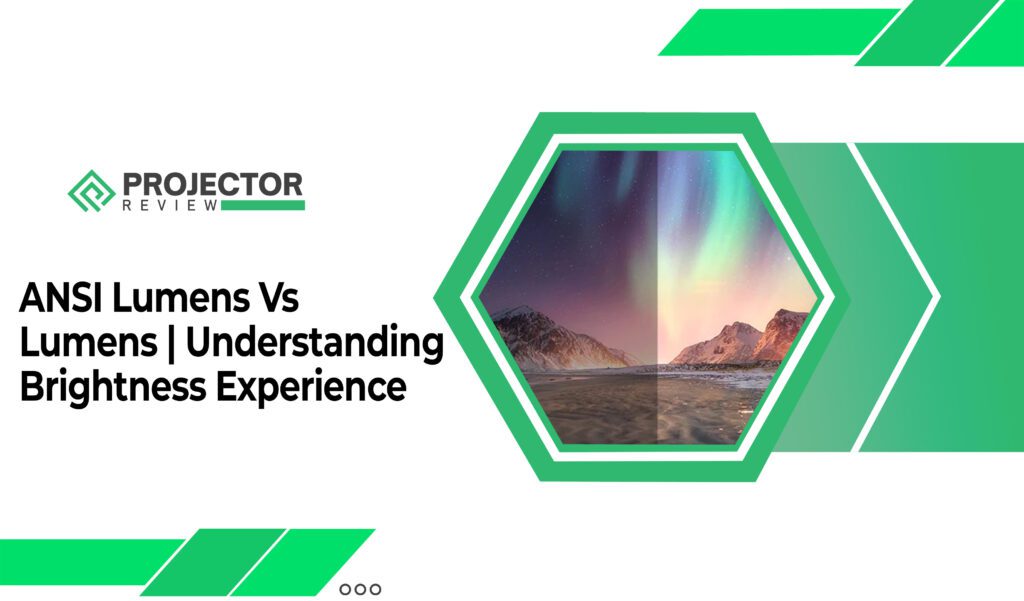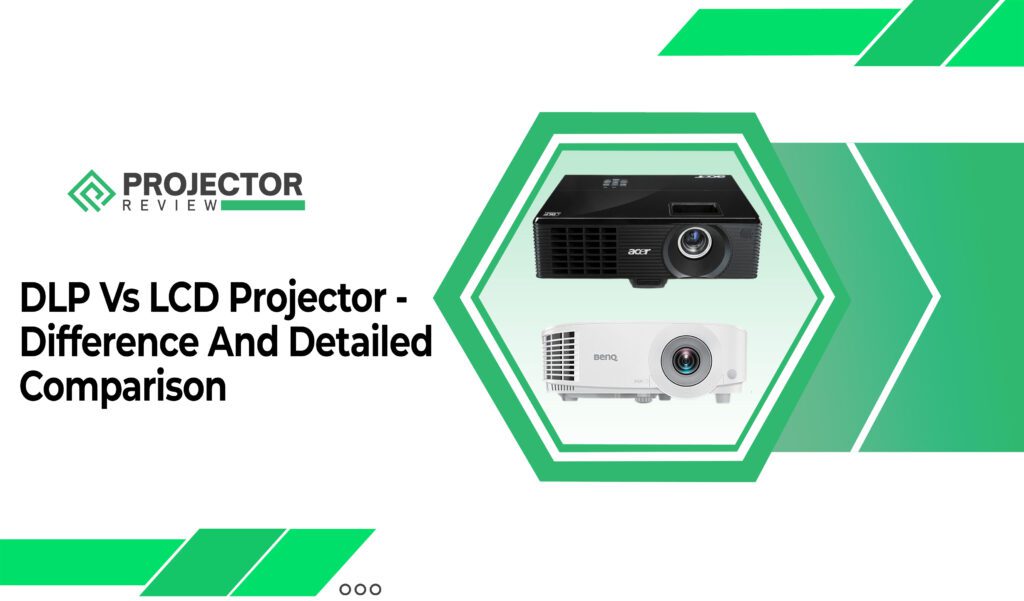Are you tired of squinting to catch the details in your favorite movie scenes or straining your eyes to read text during presentations?
The struggle to find the perfect projector resolution is real, and it’s time to unravel the age-old debate: 1280×720 vs. 1920×1080 projectors.
In the ever-evolving world of visual technology, this choice holds the key to a truly immersive experience.
As technology marched onward, the whispers of 4K projectors grew louder. However, they remained elusive for many due to their cost. Still, one lesson stood out amidst the pixels: the projector’s dance is incomplete without the canvas of a remarkable screen.
Together, they conjured magic, crafting images that felt tangible, even within the limits of a room.
Let’s dive in to explore how these resolutions can make or break your visual escapades in 2023.
Also, explore The Best Daylight Projector
Projector Resolution 1280×720
Ah, projector resolution – it takes me back to the time when I first stepped into the world of home entertainment. My journey began with a trusty companion boasting a resolution of 1280×720.
It might sound like just numbers, but let me tell you, those pixels had a story to tell.
As the screen came to life, I was transported into realms of movies and games. Sure, it wasn’t the most cutting-edge resolution out there, but it held its own charm. The scenes were clear, the colors vibrant, and for someone diving into the world of projectors, it was a captivating experience.
I remember cozy movie nights with friends, as the 720p resolution showcased its prowess. It was like a secret doorway to a universe of entertainment, bringing stories to life right in our living room. The pixels might not have been as densely packed as some of the newer resolutions, but they held an authenticity that resonated.
Looking back, that 1280×720 resolution was more than a technical specification – it was the beginning of my fascination with visuals, the stepping stone that led me deeper into the world of projectors. It might not have been the highest peak on Resolution Mountain, but it was a beautiful vista, one that will always hold a special place in my visual journey.
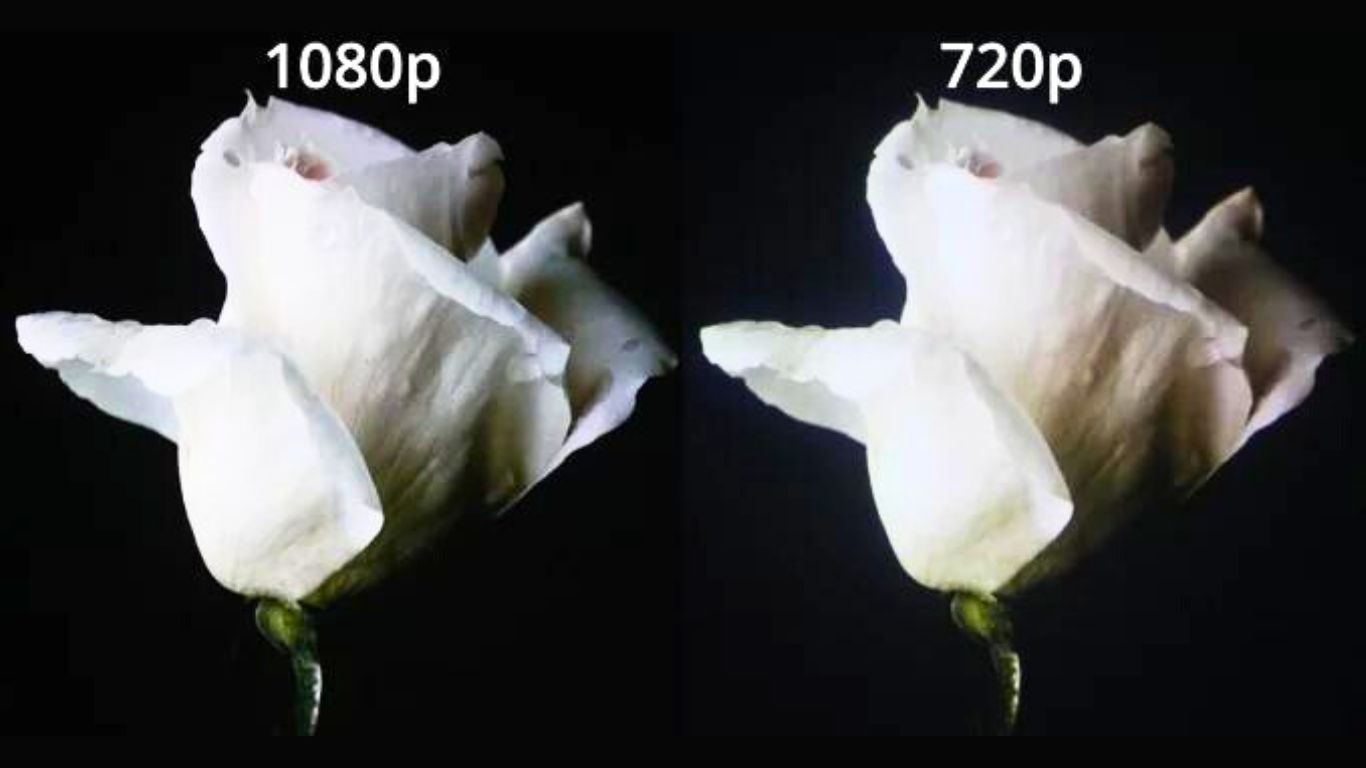

Brightness
When it comes to brightness, the rule of thumb is clear: if your usage involves well-lit surroundings, opt for a projector with over 3,000 ANSI lumens. This level ensures your visuals shine even in ambient light, maintaining their clarity and impact.
Yet, if your projection domain is a darkened sanctuary, you can make do with as little as 1,200 lumens. These fewer lumens are sufficient to illuminate the screen and create an immersive experience when ambient light is at a minimum.
Notably, data projectors typically boast higher lumens, tailored for environments where brightness exceeds dimly lit spaces. This distinction ensures optimal visibility, whether your canvas is a well-lit office or a dimly illuminated home theater.
See the comparison Vs LCD Projector
DPI (Dots per Inch)
In the world of 720p resolution, the DPI computes to 14.69. This immediately highlights a noticeable contrast in pixel density between the two resolutions.
Understanding DPI is pivotal due to its direct influence on pixel visibility as we scale up the image. The larger we project, the more discernible the pixels become, even when observed from a distance.
For those opting for a 720p projector, the extent to which the image is enlarged becomes pivotal in ensuring a crisp viewing experience, free from graininess. Smaller images tend to offer sharper projections, striking a balance between size and clarity.
Aspect Ratio 16:9
For a truly cinematic home theater experience, the 16:9 aspect ratio of HD projectors reigns supreme. This proportion seamlessly fits the wide-screen format, enveloping viewers in visuals that mirror the grandeur of the big screen.
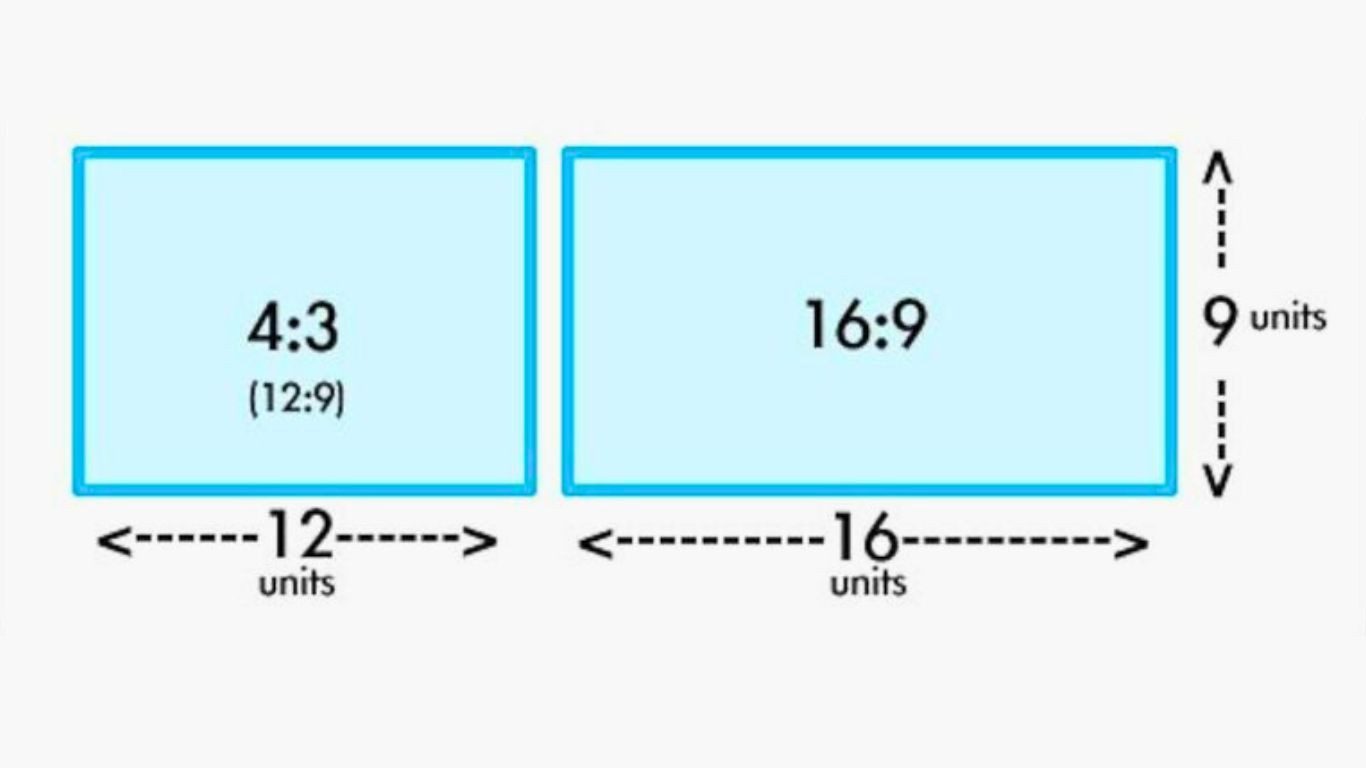

It’s important to note that while I’ve highlighted resolutions with a 16:10 aspect ratio previously, the 720p resolution doesn’t fall within this category. Instead, it aligns with the popular 16:9 aspect ratio that caters specifically to the immersive home entertainment domain.
Give it a read Projector Screen Material to know more about aspect ratio.
Contrast Ratio
Here’s a revelation: a projector’s contrast ratio doesn’t necessarily parallel its resolution. This distinction is pivotal when navigating the projector landscape, be it 720p, 1080p, or even 4K.
While those with a discerning eye for image quality might spot the contrast difference, it’s crucial for all consumers to consider this specification when purchasing a projector. Yes, I’m talking about everyone – not just the enthusiasts.
For those seeking projectors for presentations, business, or educational purposes, rather than indulging in movie nights or gaming marathons in darkened rooms, the contrast ratio may not be a top priority. However, it’s an aspect that’s worth keeping an eye on, as it contributes to the overall visual experience, no matter the application.
Projector Resolution 1920×1080
Let me take you back to a moment when my entertainment world underwent a remarkable transformation. It was the day I welcomed a projector with a 1920×1080 resolution into my home. The impact was immediate and profound – a journey from clarity to a realm of breathtaking detail.
The beauty of 1920×1080 resolution isn’t just in the numbers; it’s in the way each pixel contributed to a vivid tapestry of visuals. Movies that I thought I knew took on a new life, as textures emerged with astonishing precision and colors danced in perfect harmony. It was like peering through a window into another reality, where every scene was a masterpiece waiting to be explored.
What struck me most was how this resolution breathed life into every frame, every moment. It wasn’t just about watching; it was about feeling the emotions the creators had intended. The screen became a canvas of emotions, and I was the privileged observer.
I realized that the 1920×1080 resolution was more than an upgrade; it was an elevation of my entire entertainment experience. It wasn’t just the movies; it was the games, the presentations, and every visual endeavor that had gained an extra layer of magic.
So, when you’re considering a projector, remember that 1920×1080 isn’t just a resolution; it’s a portal to a world where pixels tell stories, where details make the difference, and where each frame becomes a cherished memory.


Brightness
Measured in ANSI lumens – an international benchmark – this spec is your guiding light if you’re seeking versatility beyond pitch-dark settings. If movie nights or presentations are on your agenda, and you’re not confined to the shadows, aim for around 3,000 lumens. This ensures your screen’s vibrancy even under the sun’s watchful eye or within ambient light.
Yet, it’s a dance of balance. A 1,500-lumen projector can suffice in low ambient light, providing you with a respectable viewing experience. But don’t be dazzled by numbers alone – the lumens’ prowess can differ when the environment gets brighter.
Still curious about How to Get Sound from the Projector to the Speakers?
DPI (Dots per Inch)
DPI, the sentinel of image quality, reveals the density of pixels per inch – a metric that directly shapes our visual experience. It’s a simple equation: more pixels, higher quality.
Anticipating the shift in DPI as we scale up the image, I undertook a meticulous calculation for a 100-inch image, a benchmark that unveils the pixel prowess of both resolutions. Employing a dedicated calculator, I unearthed the DPI for 1080p – a staggering 22.03.
This figure translates to a world of detail, where every inch of the screen becomes a canvas for precision and clarity.
Aspect Ratio 16:9
Imagine an image’s dimensions distilled into a ratio – that’s the aspect ratio, a numerical snapshot of width and height. In the case of 16:9, the image spreads 16 units wide and 9 units high, painting a picture that’s 78% wider than it is tall. This ratio has become the gold standard, a canvas tailored for movies, where every frame mirrors the cinematic magic we’ve grown to adore.
Contrast Ratio
If you’ve ever delved into reviews for TVs or monitors, you’ve likely encountered the crescendo of emphasis on contrast ratio. This metric is the voice of the difference between the brightest whites and the deepest blacks.
A high contrast ratio isn’t just a badge of honor; it signifies the projector’s prowess in depicting darkness that truly feels dark. In simpler terms, it’s the key to displaying deeper blacks, a visual treat that’s especially vital in dimly lit settings.


Why does this matter?
Well, imagine watching content in a dark room. The difference between a high and low contrast ratio becomes apparent as day turns to night. The former engulfs you in rich, velvety blackness, while the latter might tint the darkness with a shade of gray. Beyond aesthetics, it’s a matter of details – a low contrast ratio can lead to the loss of intricate nuances, especially in scenes where shadows dance.
1280×720 vs. 1920×1080 Projector – Which is in demand today
If we talk about projectors, the eternal debate between 1280×720 and 1920×1080 resolutions rages on. Which one holds the crown for superior viewing? Let’s explore pixels and specs to decipher the secrets behind these two contenders.
Here you should also know 16×9 Vs 16×10 Projector Screen
Clarity in Pixels
At a glance, 1920×1080 appears victorious – and rightfully so. With more pixels at its disposal, it crafts visuals that are sharper, crisper, and richer in detail. But don’t let that overshadow 1280×720. It might wield fewer pixels, but in the right context, it paints scenes that are immersive and delightful.
Lumens & Brilliance
Brightness is the sun that fuels projector excellence. 1920×1080 doesn’t shy away here, often boasting higher lumens to illuminate its high-definition glory. But, 1280×720 isn’t to be dismissed. It can shine brightly, delivering captivating visuals that make every frame count.
Aspect Ratio
Enter aspect ratio, a reflection of the canvas upon which stories are painted. Both resolutions thrive in the realm of 16:9 – a widescreen spectacle perfect for movies. Yet, 1920×1080 often grants you the freedom to shift to 16:10 or 4:3, offering versatility like a true visual chameleon.
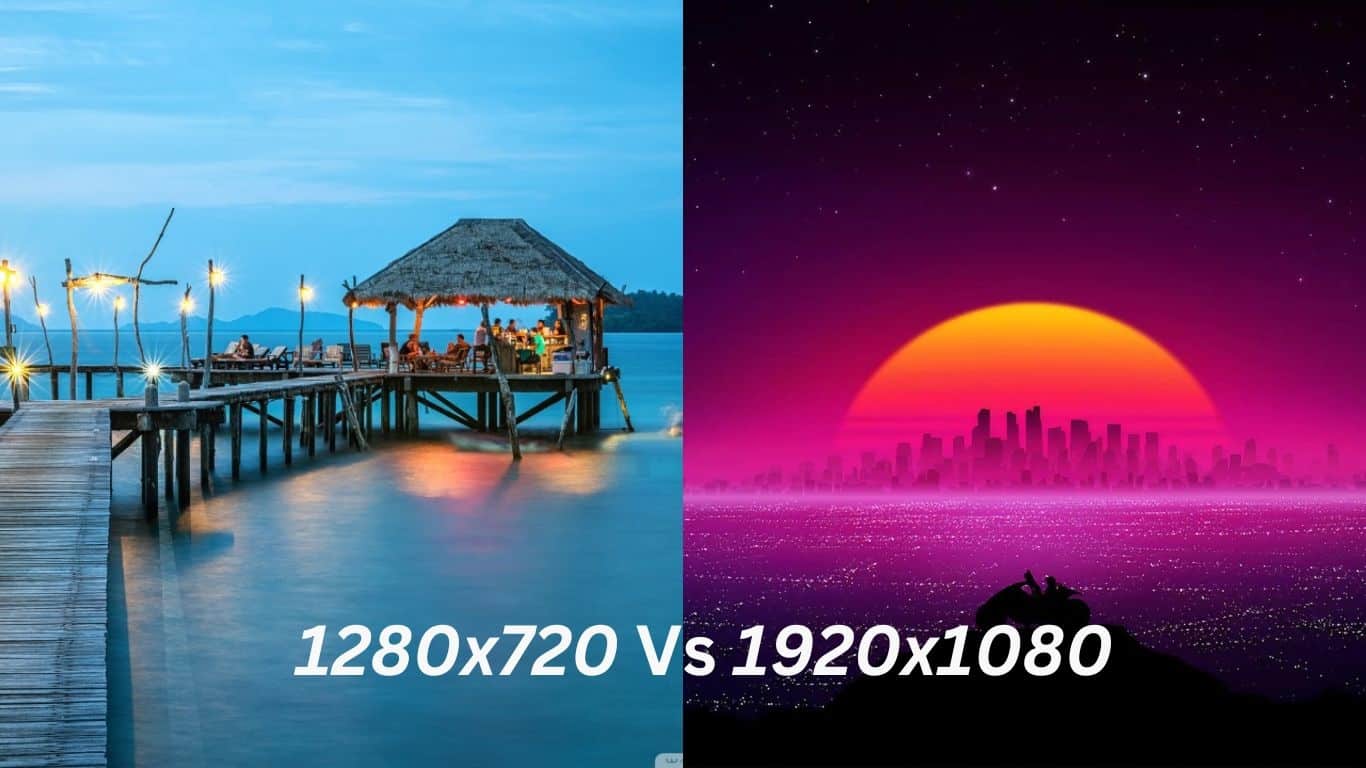

Contrast Unveiled
Now, let’s talk about contrast ratio – the dynamic interplay of light and shadow. Here, 1920×1080 often holds an advantage, ushering in deeper blacks that immerse you in the scene. In dimly lit settings, it’s a game-changer. But remember, both resolutions have their own dance of dark and light.
So, which is better?
The answer waltzes of personal preference and purpose. 1920×1080 beckons movie lovers, offering an exquisite symphony of detail and clarity.
Meanwhile, 1280×720 paints its canvas with a charm that’s equally alluring, especially for those seeking an immersive yet budget-friendly journey.
Note
- 1920×1080: High definition, intricate details, versatile aspect ratio.
- 1280×720: Budget-friendly, immersive visuals, vibrant lumens.
Projector Native Resolution vs. Max/Supported Resolution
Native resolution – that’s the key. It’s the resolution that your projector can truly bring to life, where each pixel dances in harmony to craft your visuals. On the flip side, max resolution is like the grand stage, showcasing the highest resolution you can feed to the projector.
But here’s where the magic happens: the max resolution doesn’t automatically morph into the native resolution.
Let’s demystify this with an example. Consider a 480p model that flaunts its “1080p supported” badge. This means you can supply it with Full HD images, yet the projector’s heart still beats to a 480p rhythm. It’s a bit like lending a dress that’s a size too big – it might adorn, but it doesn’t truly fit.
Now, imagine feeding a 4K signal to a Full HD projector. Will the image magically transform into 4K? The answer’s a resounding no. The projector’s native resolution remains faithful to Full HD, making it a graceful host for 1080p visuals, while 4K remains a dream beyond its reach.
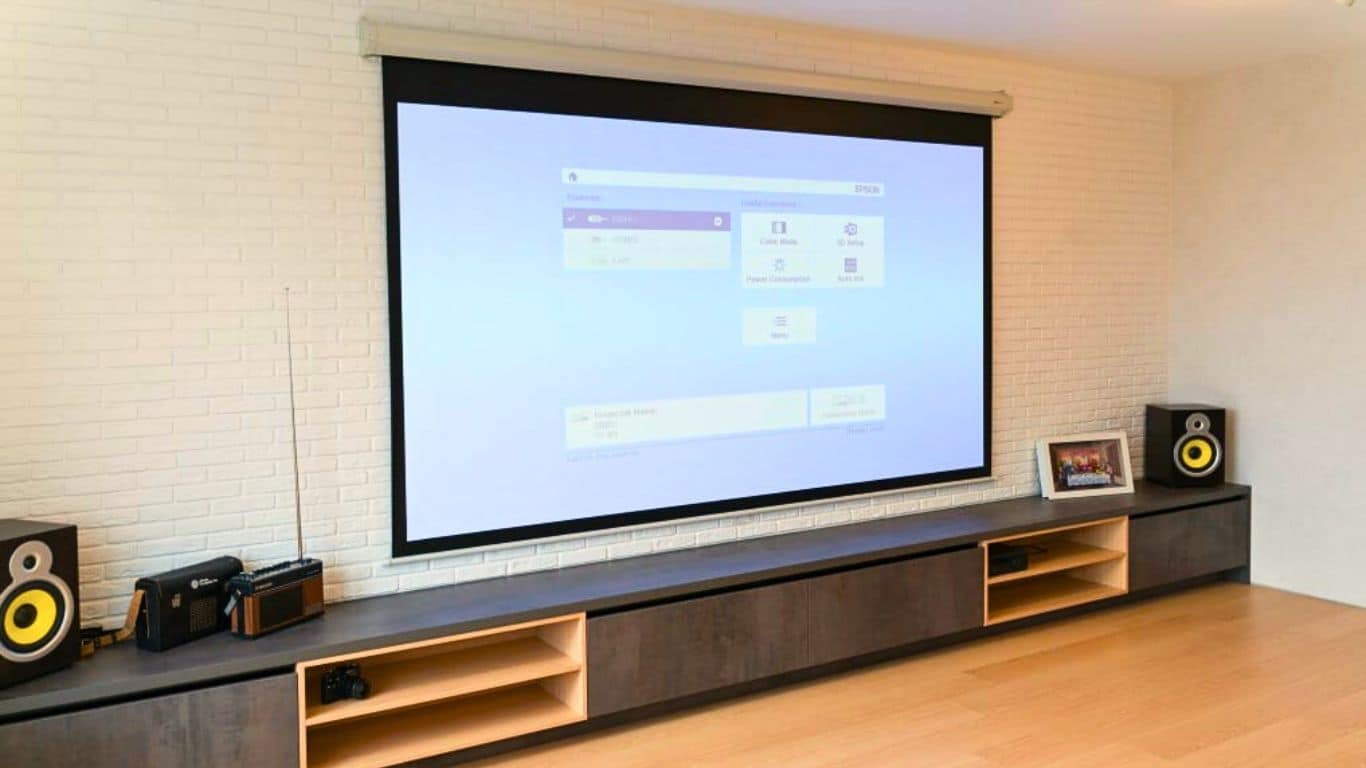

So, which takes center stage – the native or the max resolution?
Let me share my take. The native resolution holds the crown, for it’s the genuine capability of the projector. It’s like the essence of a painting, capturing every detail with precision. While the max resolution offers a glimpse of what could be, it’s the native that paints the true picture.
When seeking a projector, remember this dance between native and max – for it’s this understanding that ensures you experience visuals exactly as they’re meant to be. Do Projectors Have Blue Light?
Best Resolution for Projector Presentation
When it comes to choosing the best resolution for projector presentations, 1920×1080 (Full HD) stands out as a reliable and versatile option. This resolution strikes an excellent balance between clarity and compatibility, ensuring your presentations appear crisp and professional across a variety of screens and devices.
Full HD resolution provides a canvas that’s perfect for showcasing slides, graphs, and detailed visuals with utmost precision. The 16:9 aspect ratio also aligns well with modern screens and projectors, offering a seamless fit for most presentation scenarios.
1280×720 Vs 1920×1080 Projector – FAQs
Conclusion
As we wrap up our expedition through projectors and resolutions, a clearer picture emerges. We’ve delved into pixels, contrast ratios, and the choices between 720p and 1080p. But it’s not just technicalities; it’s the emotions they evoke.
Whether you’re drawn to the vivid world of Full HD or the simplicity of 720p, remember that every pixel tells a story. With this insight, you’re equipped to paint your visual experiences with precision. So, as you step beyond these lines, let your projector be your brush, and your choices, the strokes that craft your unique visual masterpiece.
